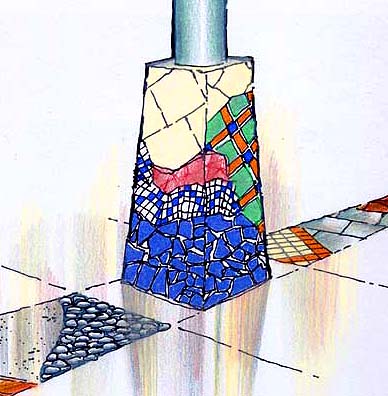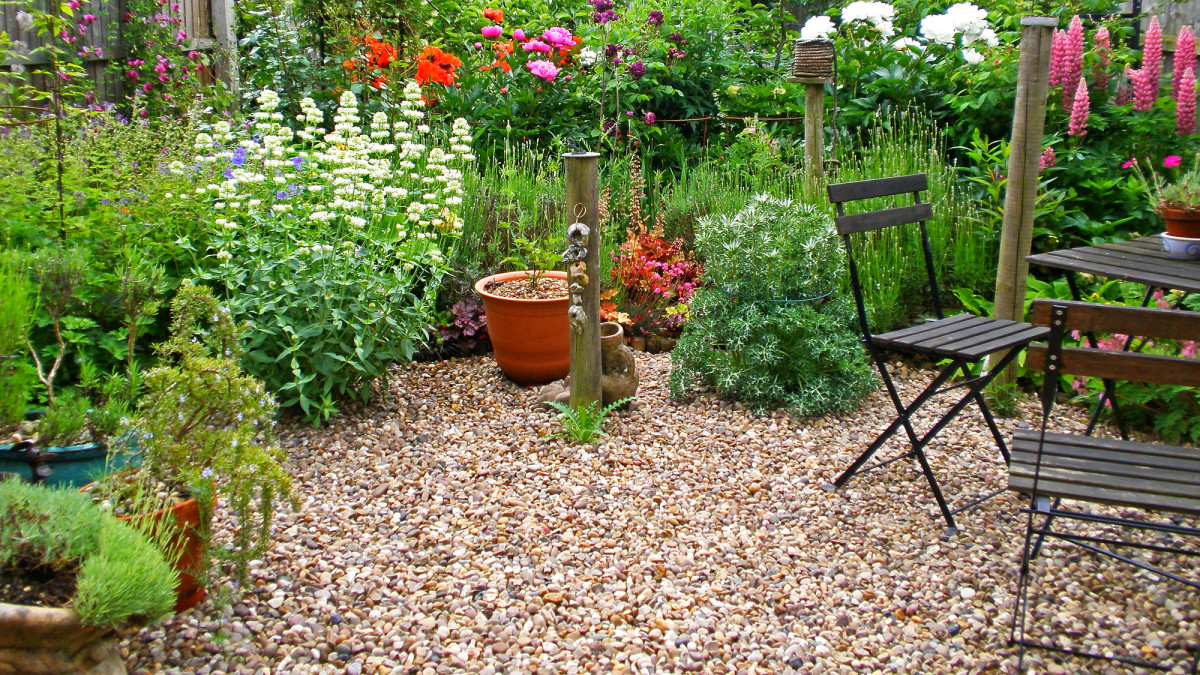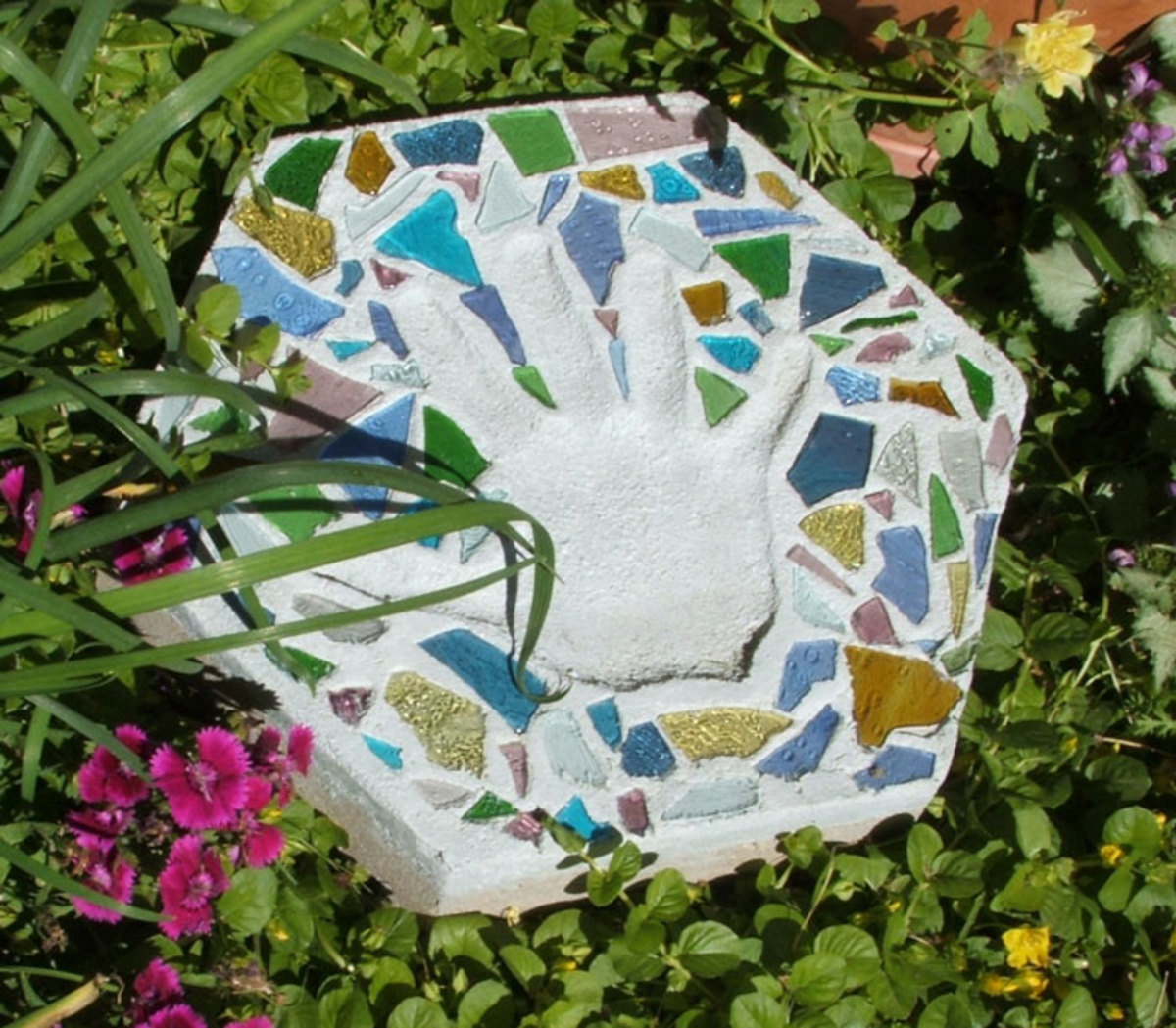Stone: It's Naturally Green!

The green sustainability movement cherishes what is natural, durable and sustainable. And what could be more natural, durable and sustainable than the very stone that comprises much of our Earth’s crust? Let this architect show you how the use of stone can enhance your green objectives.
Stone has been used as a basic construction material for as long as mankind has walked our planet. The Pyramids of Egypt, Rome’s Coliseum, Machu Picchu and Angkor Wat all stand today as testaments to stone’s endurance, utility and beauty, yet each day our science and technology develop new ways for us to make use of stone in our homes, restaurants, malls, cathedrals, civic structures, plazas, temples, monuments and mosques.
Stone is a natural concretion of crystals, minerals and earthen materials. Each seam of stone throughout our world is unique, formed by its own particular circumstances of material, climate, water, stress, movement, chemical interaction and heat. Stone is generally classified as being of one of three groups: sedimentary stone (such as sandstone, limestone and travertine) is formed by the settlement of its constituent particles as in a sediment; metamorphic stone (such as slate or marble) has undergone great heat and stress; igneous stone (such as basalt, gneiss and granite) is formed by way of volcanic activity.
Stone has tremendous variety and variability. Its wide range of chemical compositions, density, porosity, textures, colors, veining, grain size and stratification provide designers with a nearly endless selection of material, color and finish choices when using stone as either a structural or a decorative material. And, while some stone can be considered ready for use as found (like the boulders one might place within a decorative landscaped area), most stone used in construction is quarried, shaped or styled by any of the many stone-dressing operations developed over centuries. Dynamite, saws, drills, chisels, carbide blades, diamond tools, abrasives, water and acids are all part of the stonecutters arsenal in shaping stone products for final use. Advancements in epoxy, polymer and casting operations has also opened up an ever-broadening field of cast or formed synthetic stone products.
For more, visit rickzworld.
Stone products for architecture and construction are typically categorized by their three basic working shapes and sizes: block, slab and tile. Block stone is used for such items as monuments, statuary, substantial building components or foundations, and such items as revetments or piers. Slab stone may become curbing, stair treads, plazas, balustrades, or building facings. Stone tile becomes premium flooring, tiling and wall-facing products for interiors and exteriors alike. And cast stone or synthetic stone fill the need for countertops, sinks, mantelpieces, pottery and other decorative items.
Stone performs well along many parameters. In addition to providing a rich aesthetic, it is also, of course, tremendously durable, and often low-maintenance. It does not emit any harmful gases, and can perform consistently and effectively throughout broad temperature ranges.
Countering stone’s advantages is one of its key disadvantages: its weight, which often translates to significant transport and handling costs. It is therefore best to seek out local stone sources first. Stone suppliers exist in just about every region of the country, and good quality, attractive stone can be had almost anywhere. Consider also the use of recycled stone from the local vicinity. And, since much of the final quality of stonework is dependent on the skills of the craftsman who install it, seek out qualified, experienced stoneworkers as assiduously as you seek out your stone.
Aspects of stone to consider when making your choice are:
The physical and aesthetic properties of the stone: its cut, color, texture, pattern, grain, and its level of polish, roughness or finish.
The performance characteristics of the stone: its strength, density, brittleness, porosity, slip- or friction-coefficient, resistance to staining or etching.
The availability of the stone: cost (both initial and life-cycle), quantity, quality, size(s), shape(s), consistency of color or appearance, distance or delivery concerns.
The intended stone installation: thickness, size(s), shape(s), matching, blending, strength, support, related materials (such as grout, backing material, substrate, trims, etc.).
To see what stone can offer, simply visit a nearby stone, tile or ceramic showroom or distributor. You'll likely be surprised at the tremendous variety and appeal of stone products.
- Sustainability: Green Roofs
Here's one environmentally conscious design option that's garnering adherents the world over. - Going Green: No Longer a Fad
How have ordinary people begun to change their daily habits to create a more sustainable future? - Sustainability 6: Population
Rays of hope One of the prime movers of the world’s sustainability crisis is its population. The more mouths to feed, the more thirsts to quench, the more children to clothe and educate, the more families to house, the more sick and infirm to... - Sustainability 10: Density
To many, it seems counter-intuitive that packing the globe's inhabitants more tightly might actually be good for the planet's sustainability, but it's a fact. - Sustainability 47: Green Labeling
Label him green? With the world’s ever-increasing concentration on environmentally sound green design and sustainability, there has been an ever-increasing set of green design standards, guidelines, certifications and labeling. Here are some of... - Sustainability 48: the environment
We're all in this together The movement toward sustainability is a direct descendant of the social movement of environmentalism. And environmentalism, far from being a new phenomenon, has been with mankind for more than a millennium. The first... - Sustainability 49: Rachel Carson
Save our endangered species A woman whom many consider to be a founder of America’s environmental movement, and an advocate for sustainability, Rachel Carson began as a precocious 8-year-old Pennsylvania farm girl, writing stories of animals in... - Sustainability 50: Earth Day
Love this Earth? Little did I know, as I helped assemble display panels on environmental issues on a campus quadrangle in the spring of 1970, that I was taking part in launching a sustainability event that would resonate around the globe ever more... - Sustainability 54: The Kyoto Protocol
Let's clear the air The Kyoto Protocol has for years been a lightning rod to anyone discussing climate change and Earth’s long-term sustainability for humans. To green advocates, it represented a best first step forward in mitigating man’s... - Sustainability 62: Rain Gardens
In essence deceptively simple, rain gardens offer yet one more incremental method of achieving greater sustainability and improved water resources.








